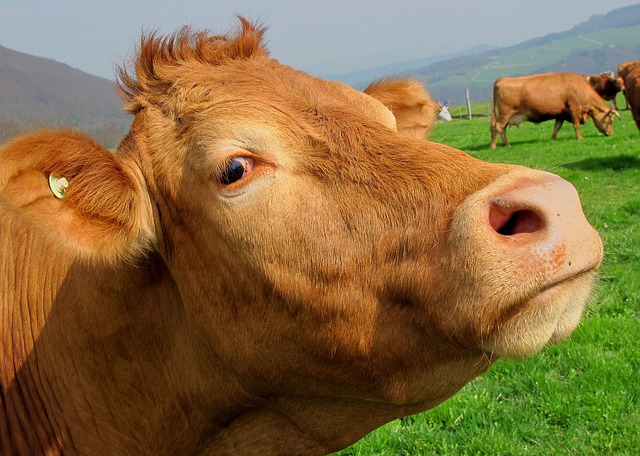Federal and Alabama agriculture officials announced Tuesday an atypical case of Bovine Spongiform Encephalopathy (BSE), a neurologic disease of cattle, in an eleven-year old cow in Alabama. This animal never entered slaughter channels and at no time presented a risk to the food supply, or to human health in the United States.

This is the nation’s 5th detection of BSE. The last BSE case in US cattle was found in 2012 in a California dairy cow.
The animal was discovered during routine surveillance at an Alabama livestock market. This animal never entered slaughter channels and at no time presented a risk to food supply or to human health.
Following delivery to the livestock market the cow later died at that location. Routine tissue samples were taken and sent to diagnostic laboratories in Colorado and Iowa for testing and confirmation. The results were confirmed for atypical BSE at the USDA laboratory in Ames, Iowa.
BSE is not contagious and exists in two types – classical and atypical. Classical BSE is the form that occurred primarily in the United Kingdom, beginning in the late 1980’s, and it has been linked to variant Creutzfeldt-Jakob disease (vCJD) in people.
The primary source of infection for classical BSE is feed contaminated with the infectious prion agent, such as meat-and-bone meal containing protein derived from rendered infected cattle. Regulations from the Food and Drug Administration (FDA) have prohibited the inclusion of mammalian protein in feed for cattle and other ruminants since 1997 and have also prohibited high risk tissue materials in all animal feed since 2009.
Atypical BSE is different, and it generally occurs in older cattle, usually 8 years of age or greater. It seems to arise rarely and spontaneously in all cattle populations.


